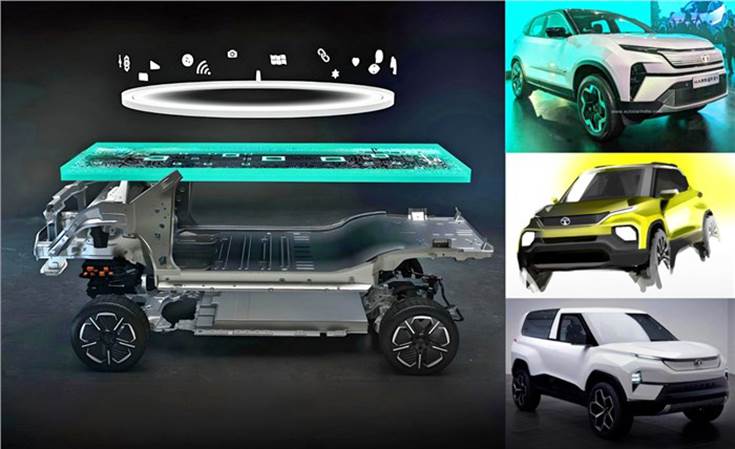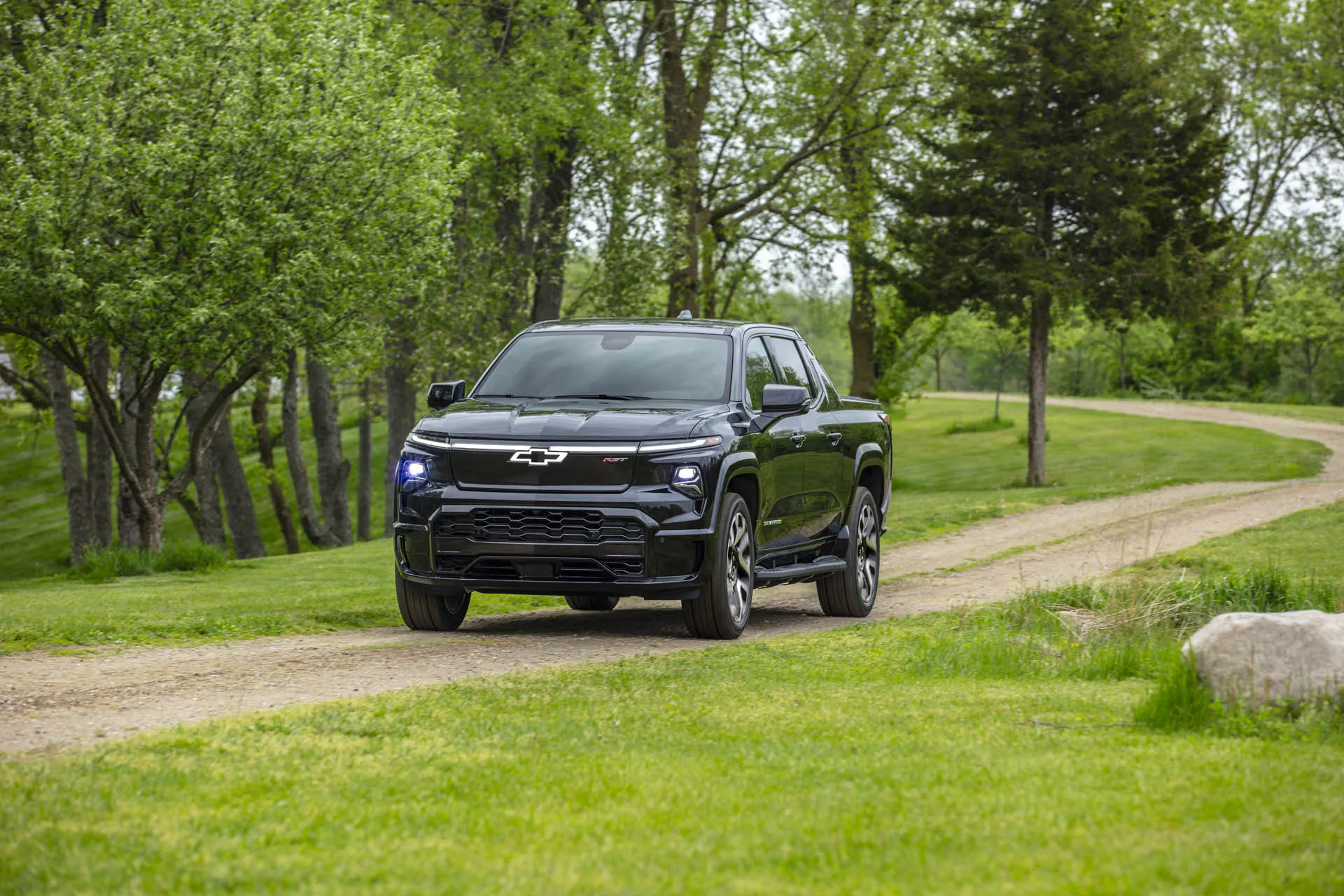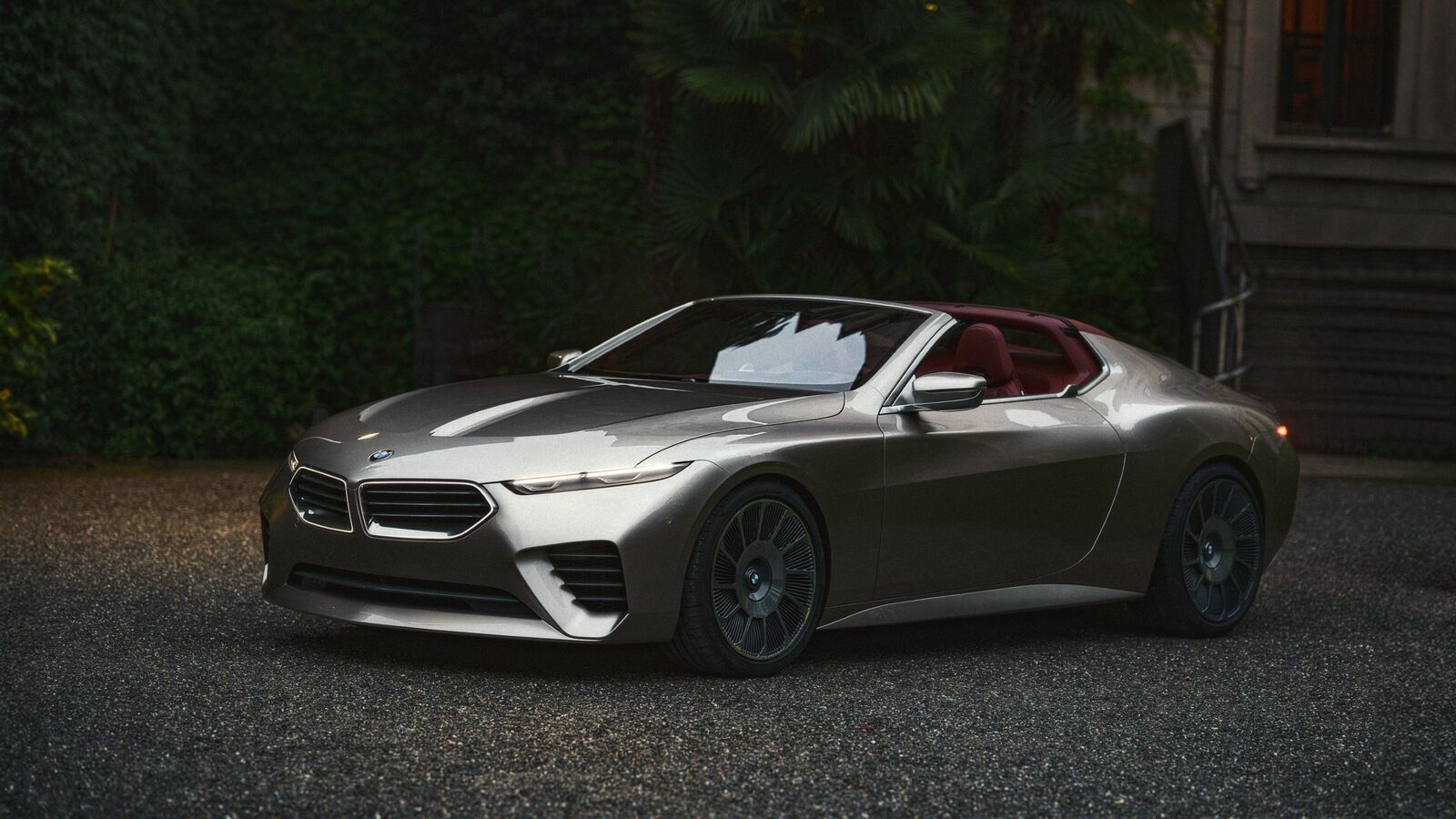Tata Motors is on a roll. The company, which announced its FY2024 results on May 10, 2024, has reported record financial numbers for last fiscal. The manufacturer of passenger and commercial vehicles registered its highest-ever revenues (Rs 437.9K crore) as well as highest-ever profit before tax (Rs 28.9K crore).
This strong showing is the result of strong sales emanating from its domestic passenger and commercial vehicle businesses as well as record sales of luxury car and SUV maker JLR. This performance means that not only have Tata Motors’ India operations turned debt-free but the company is also on track to become net automotive debt-free in FY2025.
PB Balaji, Group Chief Financial Officer, Tata Motors said: “It is pleasing to report the FY24 results during which Tata Motors Group delivered its highest ever revenues, profits, and free cash flows. The India business is now debt-free, and we are on track to become net automotive debt-free on a consolidated basis in FY25. The businesses are executing well on their distinct strategies and therefore, we are confident of sustaining this strong performance in the coming years.”
FY2024 saw major facelifts for the Nexon, Nexon.ev, Harrier and Safari SUVs.
Best-ever PV sales helped by record EV sales in India
Tata Motors, which retails seven PVs – Altroz, Tigor, Tiago, Nexon, Punch, Harrier and the Safari – in the domestic market, has capitalised on surging demand for its SUVs, particularly the Nexon and the Punch compact SUVs. FY2024 saw major facelifts for the Nexon, Nexon.ev, Harrier and Safari SUVs.
What continues to benefit the company is that its ‘New Forever’ portfolio is spread across petrol, diesel, CNG and electric powerplants, thereby considerably expanding its consumer reach compared to most of its rivals. There is a shift underway in the market towards eco-friendly motoring like CNG and e-mobility and Tata is seeing that in its sales.
A key growth accelerator is its first-mover advantage in India’s electric vehicle market, where it has an over 70% market share. The company’s EV portfolio comprises the Nexon EV, Tigor EV and Xpres-T (for fleet buyers), Tiago EV and the recently launched Punch EV.
In its India passenger vehicle (PV) business in FY2024, Tata Motors sold a record 582,915 cars and SUVs, up 7% YoY (FY2023: 544,391 units) – its third successive year of highest wholesales. This performance delivered a revenue of Rs 52.4K crore, up 9.4% and profit before tax of Rs 1,400 crore. The company’s retail PV market share (Vahan) rose to 13.9% in FY2024 and, as per the company, it was the No. 2 OEM in H2 FY2024 with a 14.3% market share. Despite an increase in competition, Tata Motors sold 73,833 EVs in FY2024, up 48% YoY, and maintained its strong market leadership at 73.1 percent.
Despite an increase in competition, Tata Motors sold 73,833 EVs in FY2024, up 48% YoY, and maintained its strong market leadership at 73.1 percent.
Despite the much-increased competition, Tata Motors continues to make strong gains in the EV market. In FY2024, total sales of electric cars and SUVs were 73,833 units, marginally less than the 75,000 units it had targeted but nevertheless a strong 48% YoY increase (FY2023: 50,043 units).
The FY2024 EV total is slightly higher than that in CY2023. In CY2023, Tata Motors sold 69,153 EVs, which was strong 59.15% YoY growth (CY2022: 43,451 EVs) and an increase in EV penetration level to 12.55% from 8.24% in CY2022.
In FY2022, when there were barely five ePVs in the market, the company commanded an 86.5% share of the retail market. Over the next two fiscals, this has reduced to 73% even as the market and number of models has expanded to 14 in FY2024.
 The combined CNG and EV share of PV dispatches has, over the three-year period, grown sizeably from 8% to 17% in FY2023 and to 29% in FY2024.
The combined CNG and EV share of PV dispatches has, over the three-year period, grown sizeably from 8% to 17% in FY2023 and to 29% in FY2024.
Growing shift towards eco-friendly powertrains: CNG and EV share rises to 29%
A close look at Tata Motors’ powertrain mix reveals the changing market dynamics over the past three fiscals. While the share of diesel-engined PVs has dropped from 20% in FY2022 to 13% in FY2024, the share of petrol-engined cars and SUVs has also reduced from 72% to 58 percent (see company graphic below).
That differential has been made up by the growing demand for Tata’s CNG-powered cars and SUVs and EVs. While the CNG share of PV sales has risen from 3% in FY2022 to 16%, that of EVs has increased from 5% to 13% in FY2024. The combined CNG and EV share of PV dispatches has, over the three-year period, grown sizeably from 8% to 17% in FY2023 and to 29% in FY2024.
 Between FY2022 and FY2024, Tata Motors’ EV dealership network has doubled to 293 outlets, and the charger availability has increased five-fold.
Between FY2022 and FY2024, Tata Motors’ EV dealership network has doubled to 293 outlets, and the charger availability has increased five-fold.
This same three-year period has seen Tata Motors double its EV dealership network across India – from 143 outlets in FY2022 to 293 in FY2024, with the city coverage expanding by 156% from 75 cities to 293 cities across India in FY2024. What’s more, as per the company’s data chart, Tata Motors’ EV charging network has also grown sizeably – it’s a five-fold increase over three fiscals – from 2,000 chargers to 5,314 units in FY2023 and 10,065 chargers in FY2024.
In line with its goal to expand the EV charging infrastructure across India, FY2024 saw that the company sign MOUs with charging point operators and OMCs – Indian Oil, Bharat Petroleum Corporation and Hindustan Petroleum Corporation – for setting up over 22,000 chargers in the next 12-18 months.

The EV-olving growth story and platform for future growth
FY2024 saw Tata Motors’ EV business increase its contribution to the PV business. The fiscal saw the company take a number of growth-driving measures which included launching variants and new products, a new brand identity as well as the start of an exclusive Tata.ev store network.
On September 14, 2023, Tata Motors launched the new avatar of the all-electric Nexon, called the Nexon.ev. Available in Medium Range and Long Range variants with up to 465km range, 12km more than before, the Nexon.ev packs in additional features over its ICE sibling.
Three months later, on December 21, 2013, the company unveiled the first two Tata EV-exclusive outlets in Gurugram. The EV-specific showroom design focuses on technology, community and sustainability and will gradually take over as the sole retail outlets for the Tata Motors EV portfolio. Plans are to open 2-3 such outlets in cities which are witnessing strong demand for EVs.
 Starting with the recently launched Punch EV, the Acti.EV platform will underpin a entire range of new Tata EVs and SUVs, including the upcoming Curvv EV, the Harrier EV and the Sierra EV.
Starting with the recently launched Punch EV, the Acti.EV platform will underpin a entire range of new Tata EVs and SUVs, including the upcoming Curvv EV, the Harrier EV and the Sierra EV.
On January 5, 2024, Tata Motors revealed its advanced Pure EV architecture – acti.ev – which will underpin future products from the TPEM portfolio. The made-in-India acti.ev architecture is based on the key pillars of Performance, Technology, Modularity, and Space Efficiency and consists of four layers: Powertrain, Chassis, Electrical Architecture and Cloud Architecture. The Punch EV, launched on January 17, 2024 is the first Tata EV on the acti.ev architecture.
FY2025 will see Tata Passenger Electric Mobility, which has inked a strategic collaboration to use JLR’s Electrified Modular Architecture (EMA) platform to develop pure premium EVs under the Avinya range, launch new EVs in India this year. This will likely include the new Curvv and the electric avatar of the Harrier SUV, while the Sierra EV could be introduced next year.
In terms of manufacturing capacity, Tata Motors has received a booster shot in the form of the speedily refurbished former Ford India plant at Sanand in Gujarat, where Tata Passenger Electric Mobility began production in January 2024. This gives the company additional volumes of 300,000 units per annum, which is scalable to 420,000 units per annum.
Data graphics: Tata Motors
ALSO READ:
Electric car and SUV sales in India rise 22% to 6,577 units in April 2024
Utility vehicle share of PV sales jumps to 60% in FY2024, cars and sedans hit new low of 37%



